
44+ Simple Rental Agreement Templates – PDF, Word
Legally mandatory documents that are required to be signed by both the parties are the simple rental agreement templates. These…
Feb 04, 2025
Whenever you purchase an item, you’re basically making an purchase agreement with the person that you’re buying the item from. You’re going to take an item that’s worth a certain amount and the seller is telling you to pay the exact amount that the item is worth. If you say yes to that, then that’s already an established sample agreement right there.
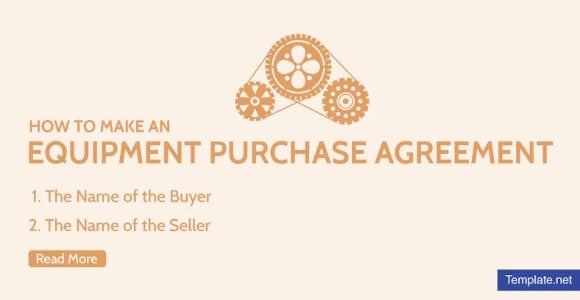
However, there are some items wherein there are multiple simple agreements that have been made and that both parties have to oblige to before any kind of transaction can take place. And that’s why there are documents such as simple equipment purchase agreement sample forms that contain all of these agreements and this article is going to focus on teaching you how to create one. You may also see purchase templates.

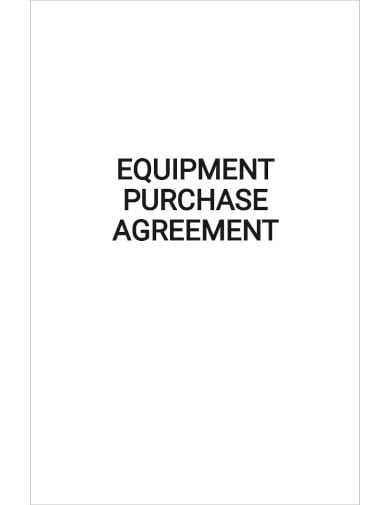
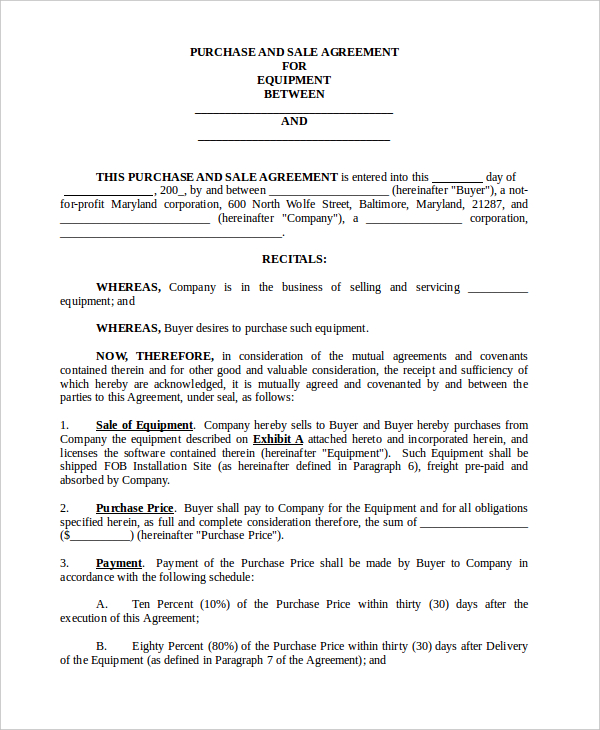
ssc.jhmi.edu
The point of having this document is so that sellers are protected by law once the buyer has come to terms that he/she wishes to purchase whatever equipment the seller has to offer while agreeing to whatever terms the document contains. So, if you want to learn how to create an equipment purchase agreement, then here are the contents that will help you understand what the document comprises of:
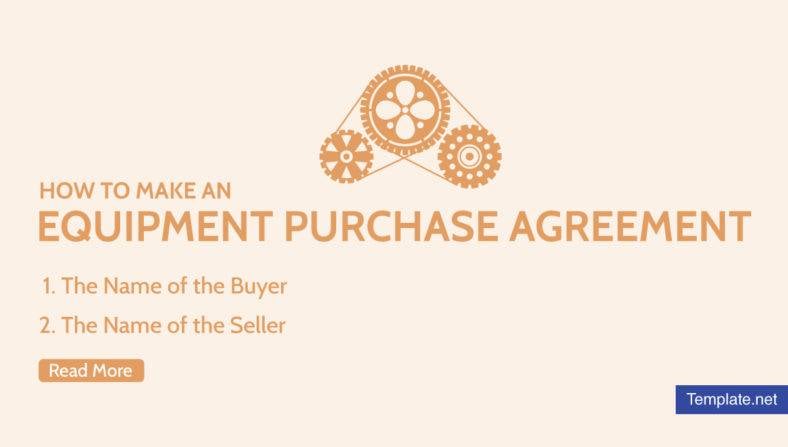
You have to make sure that the buyer’s name is a 100% accurate otherwise the business contract can be considered as null and void. Be sure that there are no spelling errors and that you are able to gather identification to confirm that it’s the buyer’s actual name.
If you’re the seller, then you can either provide your complete name or if you’re working for a company, then you should write down the entire company name on the purchase and sale agreements document.
Once you’re done with the names, then you’re going to move on to the section that contains the actual common agreement. This is where sentences which states that the seller conveys and transfers all the rights, title, and interest of the equipment to the buyer the moment that the buyer is able to relinquish payment for the said equipment. It’s also best that you’re specific when it comes to the kind of equipment as pointing it out will ensure that both the buyer and the seller what was purchased through the transaction and can be used as evidence in the court of law if ever the buyer decides to break the agreement. You may also like the purchase and sale agreements in word.
If you’re the seller, then this is where you point out that the equipment that you sold the buyer is in the condition that you have mentioned prior to the professional agreement. So, if you say that the equipment that you’re selling to the buyer is brand new and has yet to be used, then the buyer will take it as it is and can no longer make any arguments in regards to the condition of the equipment. If you’re the buyer, you’re going to have to consider this statement very heavily as you’ll first need to determine the condition of the equipment before deciding as to whether or not you should accept signing the purchase agreement sample form.
You can’t make this kind of document if you don’t even have information in regards to the amount of payment that the buyer will purchase the equipment for. This is the section where you will be discussing the amount of payment that the buyer will have to pay for, the type of payment, as well as the method of how the buyer will make these payments. This is very important as this is what sellers will need to ensure that the buyer will pay the desired amount within a certain period of time. You may also like the purchase quotation agreements.
Also, this is very helpful in the event that the buyer wishes to pay in installments rather than by paying everything up front. With this, you can point out that the buyer has to pay a certain amount within a certain period for a duration of time. So, if he/she purchases something that takes around 5 years to pay, then the seller can state that the buyer will need to pay “X” amount on the 1st of every month until the 5 years are up. You may also like the asset purchase agreements.
This is the section wherein the seller represents that he/she owns all equipment described herein free and clear and that all of the equipment that he/she possesses is free from all liens. You may also see the sales agreement templates.
Unless your business states that you’re willing to make repairs on behalf of the buyer, then this sample statement will basically tell the buyer that he/she will be the one responsible for paying for all the damage and repair costs of the equipment. This helps ensure that the seller is relieved from any responsibility in terms of paying for any damages or maintenance fees for the equipment that the buyer has purchased and that equipment is sold in “as is” condition. You may also see the legal agreements.
This is to help the seller in the event that the buyer is purchasing the equipment via installations. In the event that the equipment is either damaged, destroyed, or stolen, this statement points out that the buyer still has a legal obligation to pay the seller until the everything is paid in full. While it isn’t exactly something you would want to happen, this is basically a form of protection for the seller to ensure that he/she gets paid and it points out that the buyer is responsible for the condition of the equipment that he/she is willing to purchase. You may also see the commercial agreements.
When you’re creating the sample purchase agreement layout, there are always going to be taxes and license fees for the equipment. So this will point out that the buyer will be the one taking the responsibility of paying for these upon accepting the purchase agreement formats.
This is the section that sellers make sure to have in their document for complete protection. Basically what this does is, it points out that the seller, its agents, servants, and successors are all free from the responsibility of any damages, injuries, claims, demands, and sample expenses, including legal expenses, or anything else in regards to the equipment that the buyer has purchased.
So, once the buyer has signed this simple agreement, everything that he/she does with the equipment is his/her responsibility. So let’s say that the buyer has used the purchased equipment in a way to injure another human being, then the buyer cannot sue you or your company for the damages and injuries caused by the equipment as stated in this section of the purchase agreement document. It’s one of the best ways to protect the seller and this is something that just about every purchase work agreement should contain.
This section states that the seller has made no warranties for the sale of the equipment and all equipment described herein is sold in its “as is” condition. What this is trying to say is that the seller didn’t point anything out in terms of the current condition of the equipment and that what the buyer sees is what the buyer gets. You may also like the printable agent agreements.
If the buyer is paying in installments, then this is where you can point out things like the collateral for late payments, then duration until when the late payments will be considered as default, and other conditions in regards to the equipment buying purchased. You may also like the strategic agreements.
So, let’s say that you have given the buyer until the 1st of every month to pay. You can state that after 15 days have passed from the payment period, then the payment will be considered as default. If the buyer continues to fail in paying off the amount, then you may designate that the collateral that has been set by the buyer will be used as payment. The collateral may be anything valuable that the buyer owns or it can even be the purchased equipment itself, thus taking away all rights of ownership away from the buyer. You may also like the vendor agreements.
Once the seller has been able to receive the final payment from the buyer, then only he shall execute such further assurances as may be reasonably required by the buyer to ensure that the equipment is free from any liens and encumbrances. This is to ensure the buyer that the whole transaction is closed and that there are no more issues in regards to the purchased equipment.
As the buyer, you have to be sure that you go through this word document as thoroughly as possible before signing the agreement. If you’re the seller, then be sure that you have all of the above on your agreement modern form to protect you from any legal issues and to ensure that you get paid.
If you would like to learn more about this particular topic or anything related to it (such as how to do an equipment rental agreement), then all you have to do is go through our available articles on our site until you are able to come up with information that can help you out.

Legally mandatory documents that are required to be signed by both the parties are the simple rental agreement templates. These…
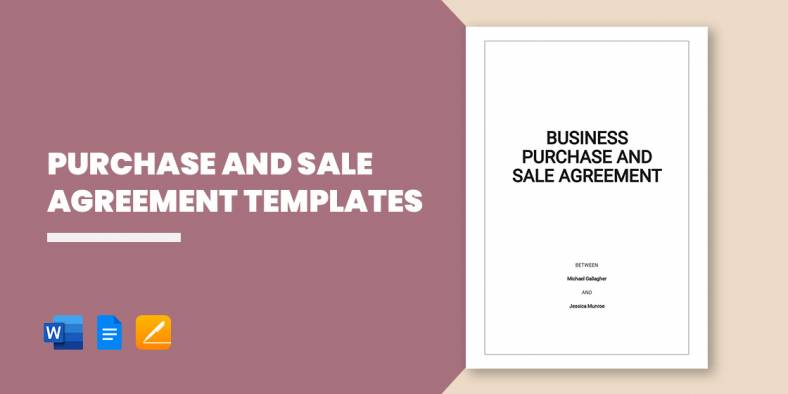
A purchase and sale agreement is a compulsory legal document to have when a buyer and seller are entering into…
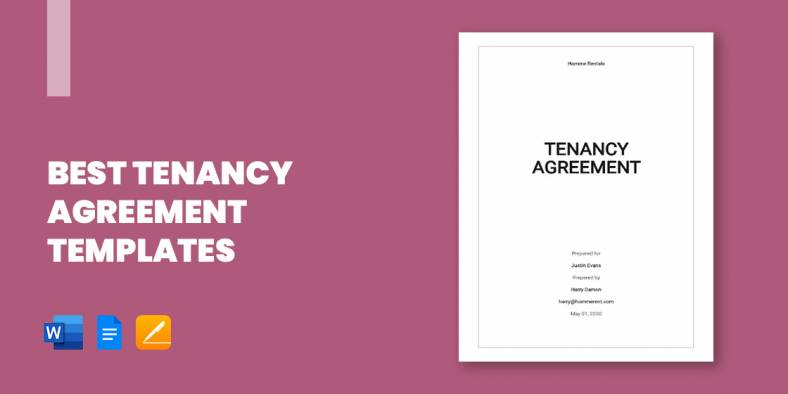
Living alone or with a family has enormous risks, and the responsibilities can be complicated to manage. Become a good…

Discovering and verifying the top ability is no simple undertaking. It requires a profound comprehension of the organization’s culture and…
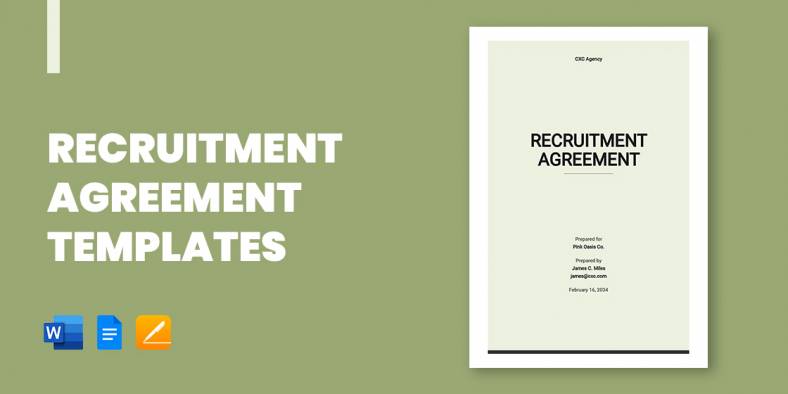
An agreement that occurs between two parties where one party (the recruiter or recruiting firm) is appointed by the other…

During the 1848 revolutions in Europe, the term “logistics” played a crucial role in transferring goods, equipment, and military personnel.…

The recruitment services agreement is provided by the recruitment agencies. And, that acts as the middleman or the middle-party between…
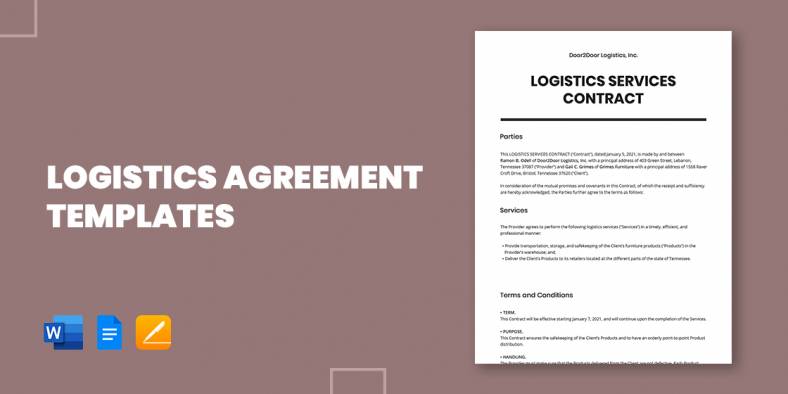
Many projects among businesses involve heavy management and great plans sample that logistics will be relevant. Operations involve proper organization…
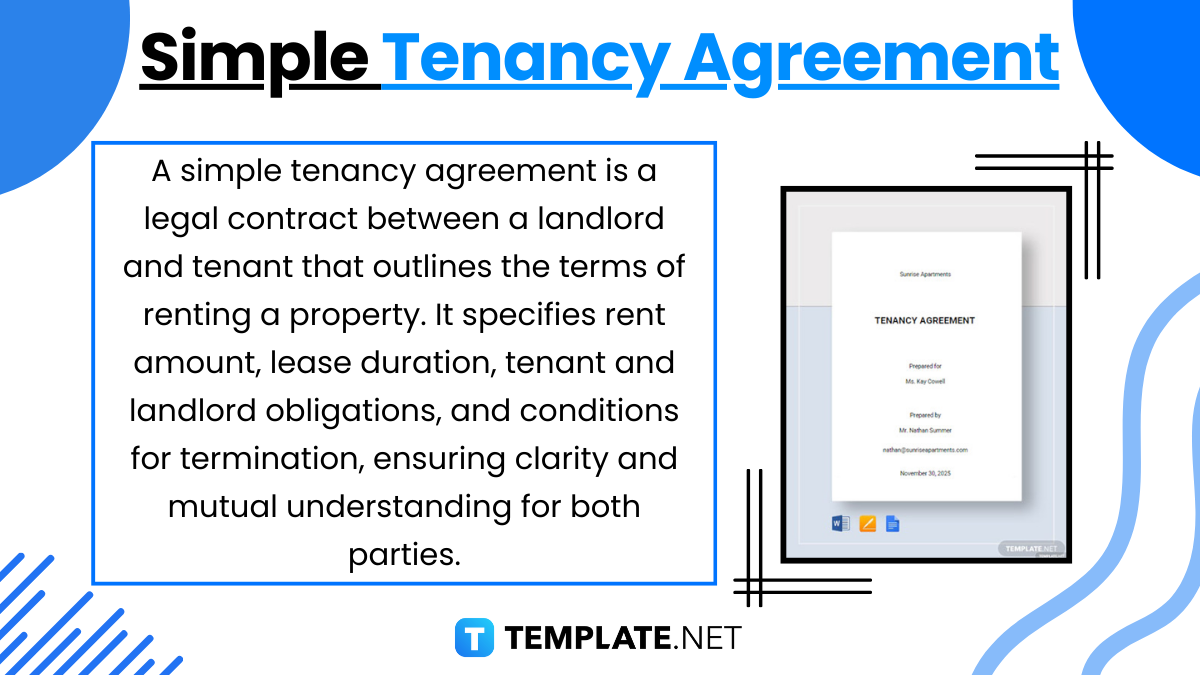
A simple tenancy agreement is a legally binding document that outlines the terms and conditions between a landlord and a…